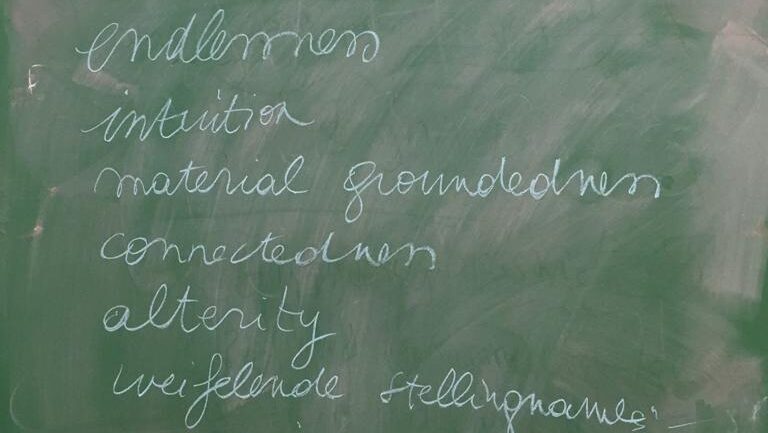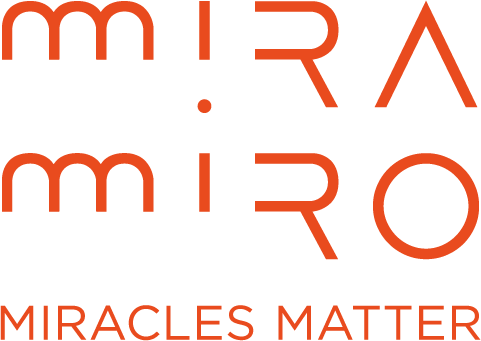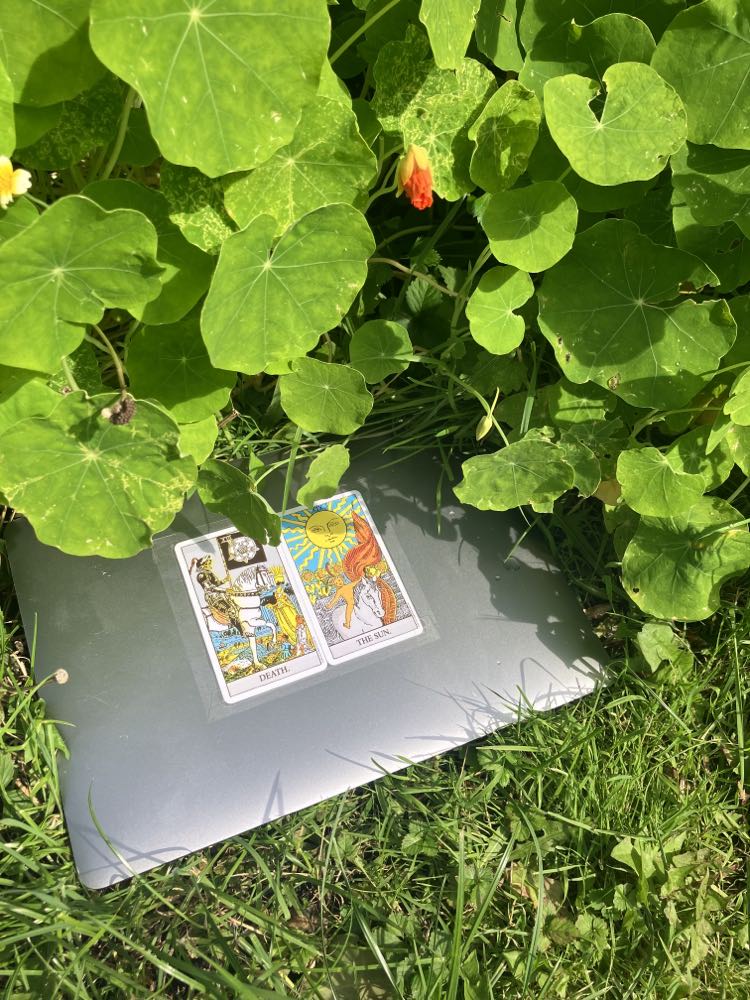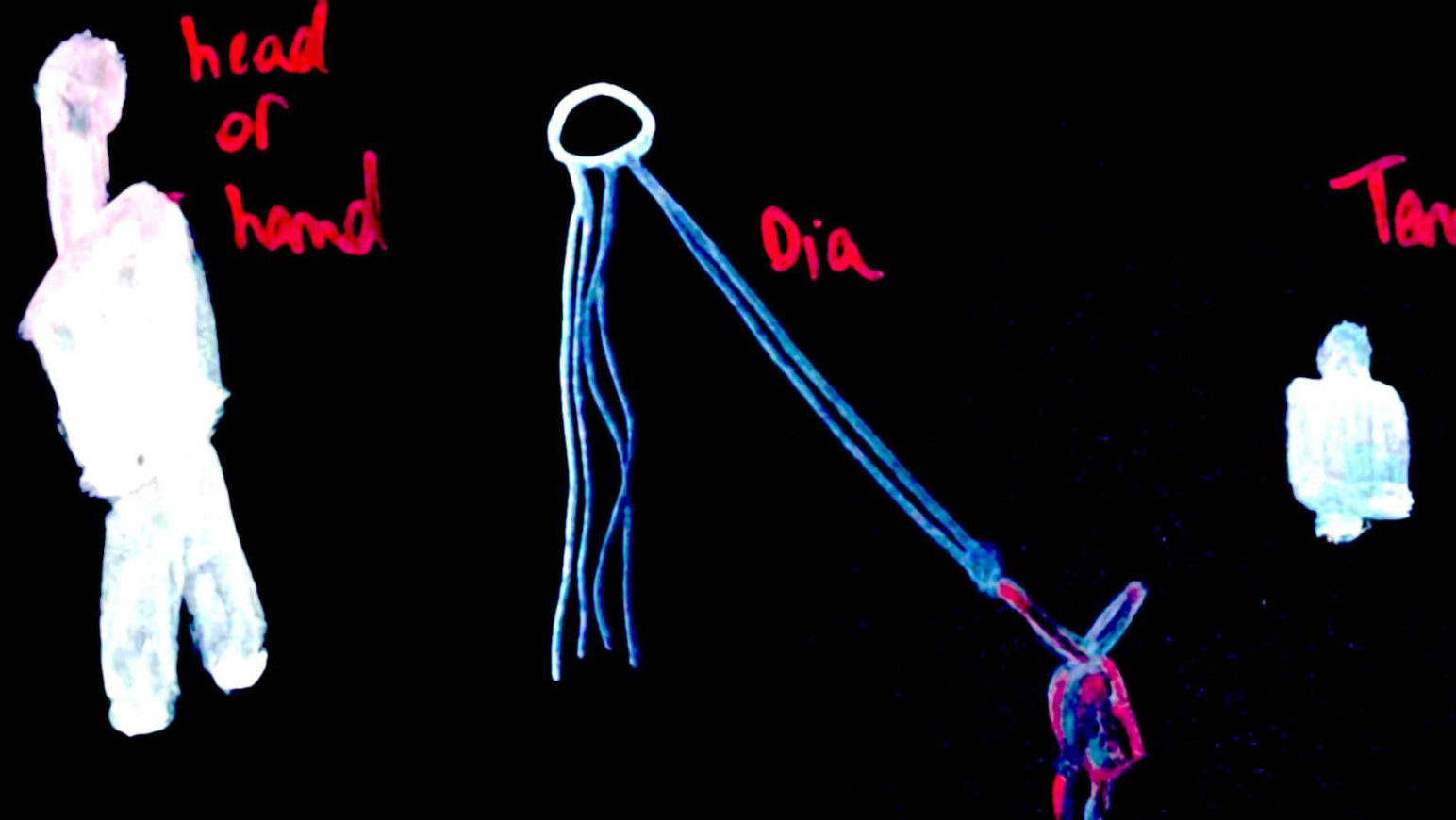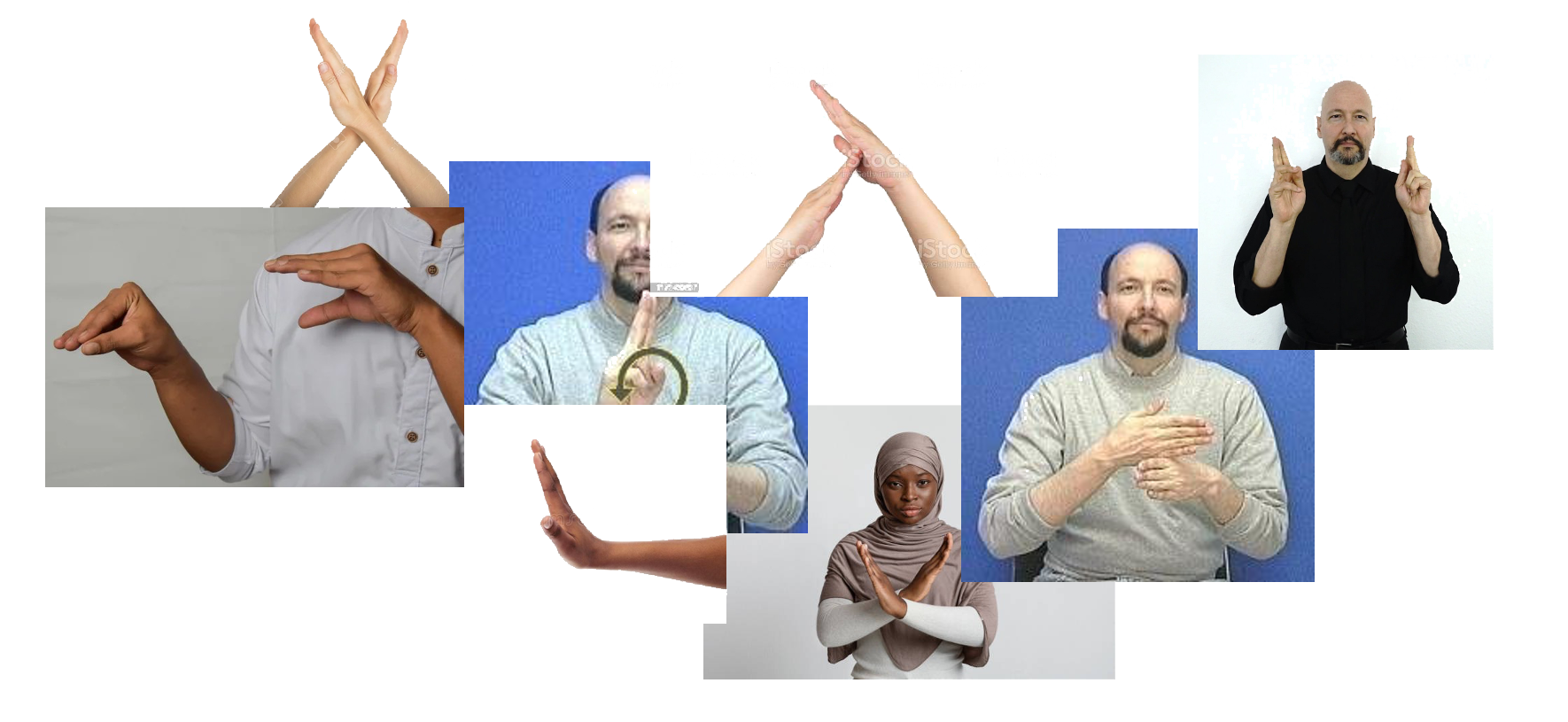Queer Reflections Symposium
Event Details
In January 2020 The Circus Dialogues organized a research week as part of their Smells like Dialogue: A Circus Symposium, in which circus artists engaged with the questions of how and what their circus practices think. This initiative was part of a broader desire of The Circus Dialogues to investigate a queering of binary divisions of theory and practice in the circus field. You can watch a video of the Research Week here (by Jakob Rosseel).
A year later, Bauke Lievens, Francesca Hyde and Vincent Focquet embarked on another artistic research journey at KASK School of Arts & Conservatorium with the four-year project The Circus Dialogues (continued). Working with circus practitioners Elena Zanzu, Camille Paycha and Saar Rombout the question they asked shifted to ‘how does circus do dialogue’. What about framing existing things (improvisation, a circus practice, a performance) as dialogue? How does this change how we experience those things? What does it do to think of a performance as a dialogue? Of course we’re sure it comes as no surprise to think dialogue is present in an improvisation for example, but what if that is the only aim?
Programme
The Circus Dialogues (continued) – Inbetween Session
In the first ever Inbetween session researcher Francesca Hyde and co-researchers Camille Paycha, Saar Rombout and Elena Zanzu invited the audience in an embodied dialogue session in which we collectively read the text ‘On Practice’ (2018) by the English choreographer Jonathan Burrows. After the reading, we negotiated guidelines/rules for a collective physical improvisation in the space, marked by objects and written invitations. This Inbetween Session was a public sharing of the Rigged Dialogues, a collective speculative thinking and practicing that was developed throughout multiple research residencies (2020-22).
Hugo Mega – Deconstruction
Men are privileged. There is no hiding it, no denying it. So how can men be allies from an already privileged position? Being an ally means deconstructing privilege!
To be engaged in the work of deconstructing patriarchy, masculinity or conditioning, is a work of self deconstruction. When we speak of deconstruction what do we mean specifically? What is it that we are deconstructing and most importantly how do we start?
This workshop was an introductory door to the journey of deconstruction: perfect for newbies or more experienced practitioners from within or outside of the circus community. Together we constructed a session that functioned as a map, offering tools, resources and directions that support individual and collective awareness. Through sharing, reflecting and learning about our own understanding of our individual and collective privilege we tried stepping up into responsibility and accountability toward becoming better allies on the battles for systemic change. This session was open for all gender identities.
Laura Murphy & Suzon Gheur – Challenging hetero-normative narratives in circus
First, circus artist Suzon Gheur shared personal experiences of making her debut piece of work TearAway, exploring some of the problems and violences around categorisation in relation to gender stereotypes in circus and in dreaming together about what we would like to see in future circus.
After that, circus artist and researcher Laura Murphy talked about the relationship between queerness, virtuosity and autobiography/subjectivity in circus and performance more broadly – particularly how queerness and queer identity plays a crucial role in challenging (hetero)normative narratives, which are historically attached to spectacle and virtuosity.
India Sky Davis (online)
India Sky’s interdisciplinary art practice of film, dance, acrobatics, music, writing, and storytelling investigates the invisible forces of power, ancestry and spirit that shape her experience, and engages radical imagination as a source for transformation, communion, homecoming, liberation, and survival. India spoke about what circus arts is to her artistic practice, on the origins of her relationship to circus, the lineages she draws from, her collaborators, and the significance of Black queer community and culture within her practice. She highlighted her project PARADISE: a tryptic Afro-surrealist new mythology, which combined aerial and acrobatic arts, dance, music, film and theater. She also spoke about her work as Artistic Director of Topsy Turvy Queer Circus, and as a member of an acrobatic dance collective called BodyWaves. Posing the question; what is circus – she took a deeper look at what this means in her practice- how does sex work come to play in circus, how do marganalized people, identities and imaginations come to play in circus? How is circus a spiritual, magical or supernatural practice?
Stav Meishar – THE BARBETTE PROJECT: Gender Performance and Queer Bodies
Stav Meishar is a performance maker, multidisciplinary stage artist, academic researcher and educator. Through historical research & autobiographical explorations of gender Stav invited us to explore how concepts of gender set by society are affecting us. The story of Barbette, a star gender-bending circus artist of the early 20th century, and lived experiences of LGBT+ people and circus artist today, was used as a starting point for an interactive session.
Quiplash (online)
Amelia and Al Lander-Cavallo co-run the project Quiplash, which looks to make space for queer disabled people in the arts. Quiplash works from a disability justice and access first perspective meaning that everything has access and intersectional thinking at its core. Quiplash has worked in multiple art forms including (but not limited to) circus, drag, cabaret, dance, visual arts and theatre. Alongside Quiplash, Amelia has been a circus aerialist for over a decade and uses integrated audio description to enhance their performances. Amelia was also an aerialist and sway pole performer for the 2012 Paralympic opening ceremony.
In this chat, Quiplash outlined what it means to work from a disability justice and access first perspective when creating a performance. They discussed uses of integrated audio description in circus, focusing on Amelia Cavallo’s extensive experience as a queer blind aerialist and audio description creator and consultant. They cited work with Extant, the UK’s leading theatre company of blind and visually impaired people, as well as work with companies such as Upswing Aerial. They finished by discussing how queerness, access and circus collide with Amelia’s alter ego Tito Bone – your average blind non binary bisexual drag king. Through Tito, Amelia (and by proxy Quiplash) can reframe what strength looks and sounds like in circus. This is done through the use of integrated access, comedy and a lot of eco glitter


